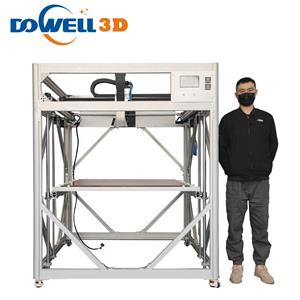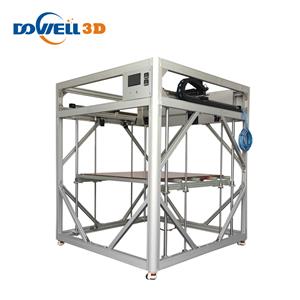Analysis of the global 3D printed medical device market in 2022
Analysis of the global 3D printed medical device market in 2022
On May 28, 2022, GLOBE NEWSWIRE announced the release of the report "Global 3D Printing Medical Device Market Analysis Report 2022". The main data for this report comes from 3D Systems, EnvisionTEC, Stratasys Ltd., Arcam AB, Cyfuse Biomedical, materialize NV, Organovo Holdings, EOS GmbH, FabRx Ltd. and Concept Laser.
The global 3D printed medical device market is expected to grow from $2.29 billion in 2021 to $2.76 billion in 2022, at a compound annual growth rate (CAGR) of 20.4%. The market is expected to grow at a CAGR of 13.0% to USD 4.49 billion by 2026.
This market includes sales of 3D printed medical devices and related services. 3D printing is the process of creating three-dimensional medical devices with the help of computer-aided design. Some 3D printed medical devices, including orthopedic and cranial implants, surgical instruments, dental restorations such as crowns, and external restorations.
The main types of 3D printed medical devices are implants, surgical instruments, prosthetics, tissue engineering devices, etc. Technical advantages, 3D printing can be used to manufacture medical implants with complex geometries.
These consist of raw materials such as plastics, bioinks, metals and alloys. Technologies involved in 3D printing medical devices include fused deposition modeling, digital light processing, stereolithography, and selective laser melting, among others.
The technology is suitable for use in orthopedics, spine, dentistry, hearing aids and other end users such as hospitals, diagnostic centers, academic institutions, etc.
3D printing medical devices that can help patients create replicas of joints can also provide surgeons with critical information that may not be visible in 2D scans. According to a report, the global risk of osteoarthritis increases with age.
Biocompatibility issues associated with 3D printed medical devices are restraining the growth of the 3D printed medical devices market. Biocompatibility means properties that make a material or device compatible with the human body.
If the 3D printed implant is not compatible with the patient's biomechanics, the patient may experience side effects such as abnormal bone growth and bleeding. Currently, the most commonly used material in the manufacture of 3D printed medical devices is titanium metal.
Although titanium offers reliability and accuracy in the manufacture of medical-grade 3D printed constructs, some populations reject titanium, mainly because of its chemical composition, which inhibits the interaction of bone and tissue with implants. In addition, there are several reasons why implants fail, such as high stiffness, high corrosion rates, toxicity, or infection due to exposure of bone to infected metal implants.
The Food and Drug Administration (FDA) maintains a Center for Devices and Radiological Health (CDRH) to regulate companies that manufacture, repackage, relabel, and/or import 3D printed medical devices in the United States. The FDA provides guidance and recommendations for manufacturers, including device design, manufacturing and testing considerations during the development of 3D printed medical devices.





